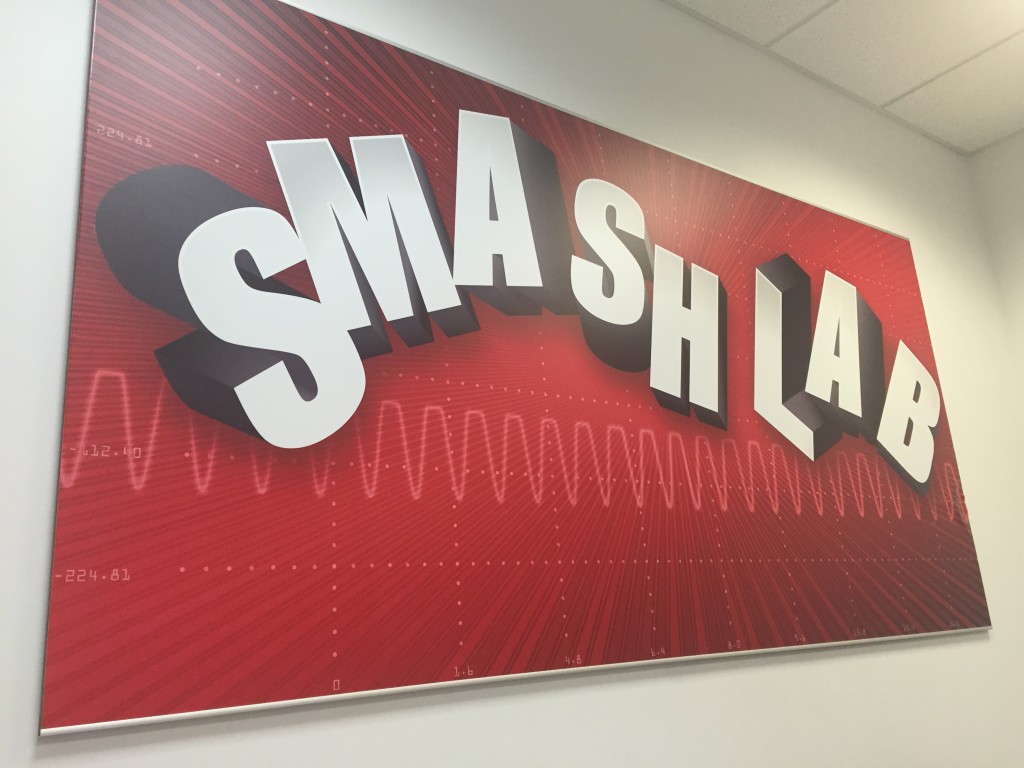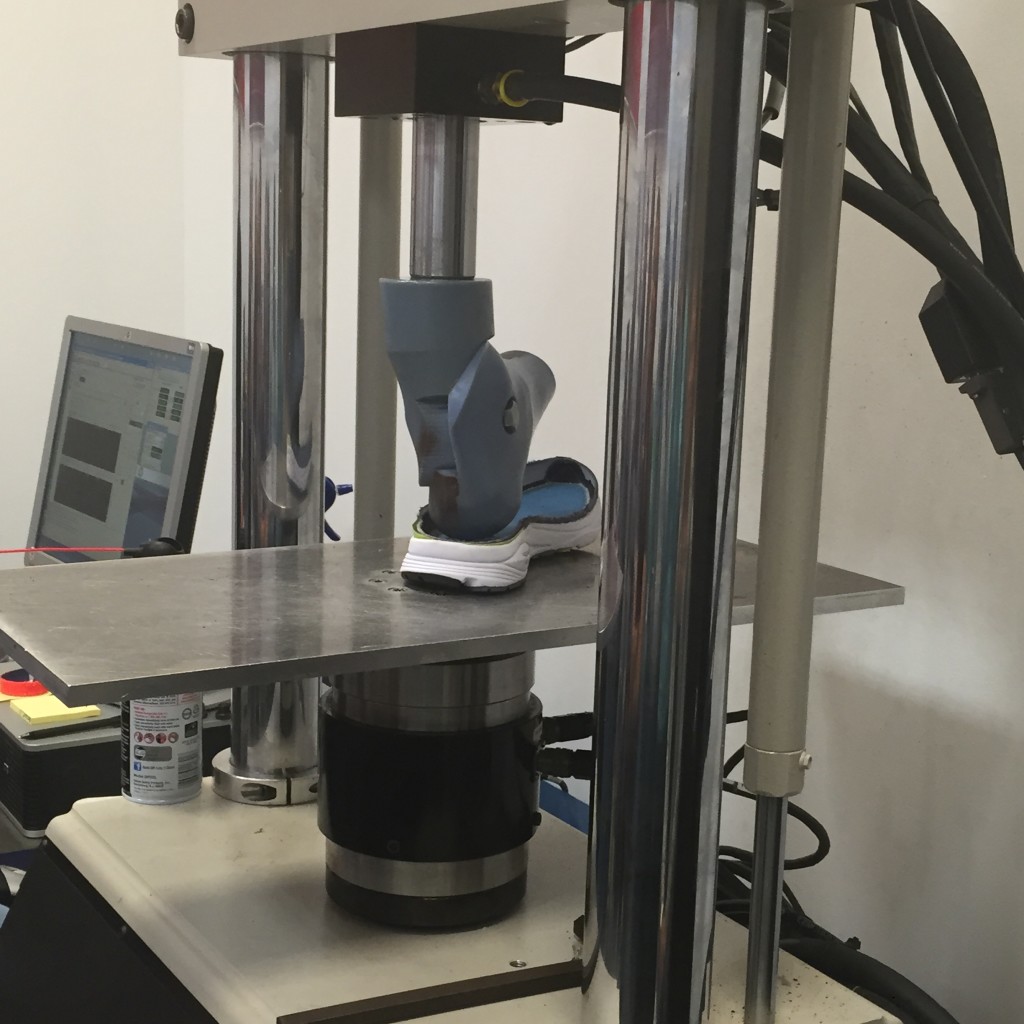Last Friday and Saturday I had the pleasure of running Reach the Beach, a 200-mile relay race, with New Balance’s media and PR team, Girls Run Beta.

This was my second time running Reach the Beach with New Balance, the first being as part of Team Off Balance in May of 2012. (Leg 1, Leg 2, Thank You, The Gear) Going into this year’s Reach the Beach, I was worried that it wouldn’t compare to my previous experience. For months after the race, Team Off Balance sent random emails and text messages to each other filled with inside jokes and memories. We comforted and supported each other through tough runs, danced to Call Me Maybe and ate more bananas than one can imagine.
Now having had more than 72 hours to reflect on this year’s experience, I can say, without a doubt, that it was an even better race weekend. Instead of doing a leg by leg recap, I am going to share a reflections recap.

Before jumping into the reflections, here is a summary of Reach the Beach and Ragnar Relay races so you can understand what we experienced.
- Reach the Beach is a 200-mile relay race that lasts anywhere from 24 to 35 hours depending on your team’s pace.
- Most teams are made up of 12 runners, each of whom will run three legs. Legs can range in distance from 2.5 miles to 9 miles depending on the course.
- Legs are categorized easy, medium and hard based on elevation and distance.
- There are, however, a few ultra teams who have as few as four runners who each log 50 miles during the race!
- The runners separate into two vans. When one van is “on” or running the other van is either eating, resting or relaxing.
- There will be someone from your team running at all time, including during the night.
- Runners finish their legs in assigned transition areas where they hand off the slap bracelet to the next runner.
Three years later, three years stronger: Three years ago, I was a nervous runner who was very unsure of my abilities and whether I would even cross the finish line. This time around, I was the experienced runner who was able to motivate and support each of my teammates. Only two of the twelve runners had previously run a relay race, and therefore, we leveraged our experience to help ease fears, answer questions and support the newbies. Over the past ten years, many people have mentored and coached me through my running journey, and it felt wonderful to start finally returning the favor. Hopefully, I can serve in a similar capacity for readers and friends who decide to conquer their first relay race!
New Hampshire is beautiful. While the race name was the same, this year’s race course was very different from the Reach the Beach 2012 course that ran through Massachusetts instead of New Hampshire. As our van drove from Boston towards the start line in Bretton Woods, our faces were glued to the windows. The lush landscape, rolling hills, and panoramic views were a refreshing change from the Boston and New York City paths where we each logged most of our training miles. During the 30 hours of running, the course took us through rolling countryside, along shimmering lakes, over babbling brooks, past 18th century New England towns, through farmlands and cow pastures, and finally to the coast. If you decide to do a Ragnar or any other relay race, take the time to review the course as the scenery helps take your mind off the pain during tough miles.
Supporting others is the best way to pass the time! Finishing a relay race of this magnitude isn’t easy. Every runner, regardless of their ability, will have a tough mile emotionally and mentally. Luckily, with over 500 teams on the course, there are constantly other vans and runners passing you or lining the roads. Unfortunately, they didn’t all get the memo that Reach the Beach and relay races in general are more fun when you support EVERY runner, not just your team. When we weren’t running, we were cheering. In fact, most of us grew horse by the end of the weekend from cheering so much. Our van fully embraced the cowbell and airhorn provided to us by New Balance. Air horn novices quickly learned that it is best to blow the air horn once you pass a runner, so it doesn’t scare the shit out of them. Sometimes the runners would wave excitedly, thanking us for the support and other times they would just continue running. Regardless of their response to our cheers, we kept cheering and using mantras like “you can do this” or telling them how awesome they looked. Our radio was permanently turned to the highest volume so runners could enjoy our jams just as much as we were. When runners within our van were running, the support rose to a level I’ve never seen before. We averaged two support stations per leg on the course, pulling to the side of the road to hand the runner their beverage of choice (NUUN, coconut water, Gatorade, or plain water) as well as checking in with them. No one on our team ever felt as if they were running alone, even during the night legs.
Embrace the night. Never in my wildest dreams did I think I’d enjoy my 6.4-mile night leg. In 2012, even the experienced runners in my van feared the night leg and finished saying that they couldn’t stand the quiet darkness. I finished my leg wishing I could double the distance, having thoroughly enjoyed the crescent moon, bright stars and peaceful roads. I listened to Whitney Houston’s greatest hits and logged sub 9-minute miles through the rolling hills and darkness. Instead of fearing the dark, I embraced it. I took the time to enjoy the bright stars and crescent moon, I used my headlamp to illuminate not only the road but also my surroundings, and I enjoyed the surprise of the path. I had no idea when a hill would begin since I couldn’t see more than ten feet in front of me. As a runner who is still working to improve my mental game, not knowing what came next helped me have a better mindset and not waste time fearing the hills in advance.
Push yourself: Other then the New York marathon, this race had more crowd and team support than any other race I’ve run. But beyond the typical crowd support, this race also provides team support 24 x 7 from the other people in your van. This camaraderie and atmosphere helped many of our runners complete distances they previously thought impossible. Even though three legs can seem grueling, and the distance adds up due to the lack of recovery, the support of your teammates will help you push past walls and tough miles.

Eat wisely: This year, I avoided mindless snacking and scary diner meals instead choosing to eat only when hungry and only foods that I knew wouldn’t upset my stomach. I finished the weekend without any stomach issues and felt like I fueled perfectly for my 20.4 miles. Our van ate two meals, Friday breakfast and Friday dinner, in restaurants. Friday morning I had one egg and one blueberry pancake while Friday night I had a grilled chicken burger with a baked potato for dinner. I avoided coffee, fried foods, spicy food and candy both in the restaurants and our van. My van meals included two mini cinnamon raisin bagels, an apple, some pretzels, almond butter, and two bananas. Trust me, during relay races, the last thing you want is to sprint to the port-a-potty due to a mystery diner meal or one too many handfuls of candy. Pack your regular pre-run food if possible and take a few extra minutes during restaurant stops to evaluate the menu and feel free to ask for menu substitutions. A 200-mile relay race gives you some room to be a “difficult customer.”
“We start as a group of strangers, we finish as a group of friends. Running will do that to you.” Sashea included this quote in her recap, and it summarizes the weekend and experience perfectly. This year, I climbed into the van barely knowing any of my teammates. I’d met Evann briefly during two separate workout classes but otherwise did not know anyone else. By the end of the weekend, I walked away with eleven new friends who supported me through sweaty sports bra changes, 90-degree runs and side of the road bathroom stops. I actually enjoyed sharing this experience with strangers more than with good friends as we had plenty to talk about the entire weekend. If I did this race with family or close friends, I think we may kill each other.
Come back this Friday for a Reach the Beach themed Friday Favorites post that will include my suggested Ragnar or relay race packing list, a review of my favorite gear from the weekend and a fun giveaway.
Thank you again to New Balance for sponsoring an incredible weekend and providing me with this opportunity.


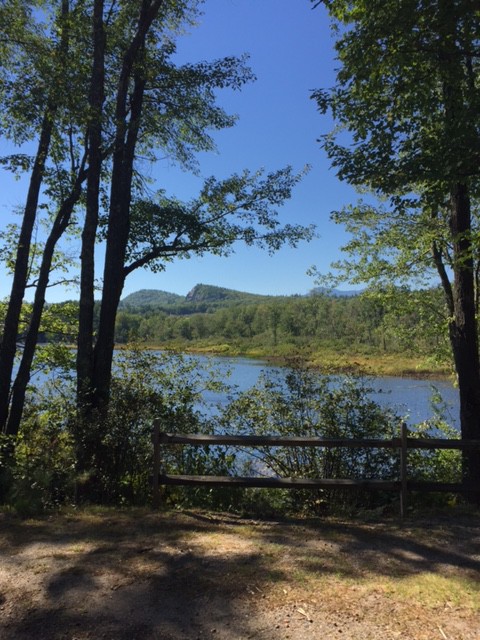


![IMG_4283[1]](http://www.healthyhappierbear.com/wp-content/uploads/2015/09/IMG_42831-1024x1024.jpg)

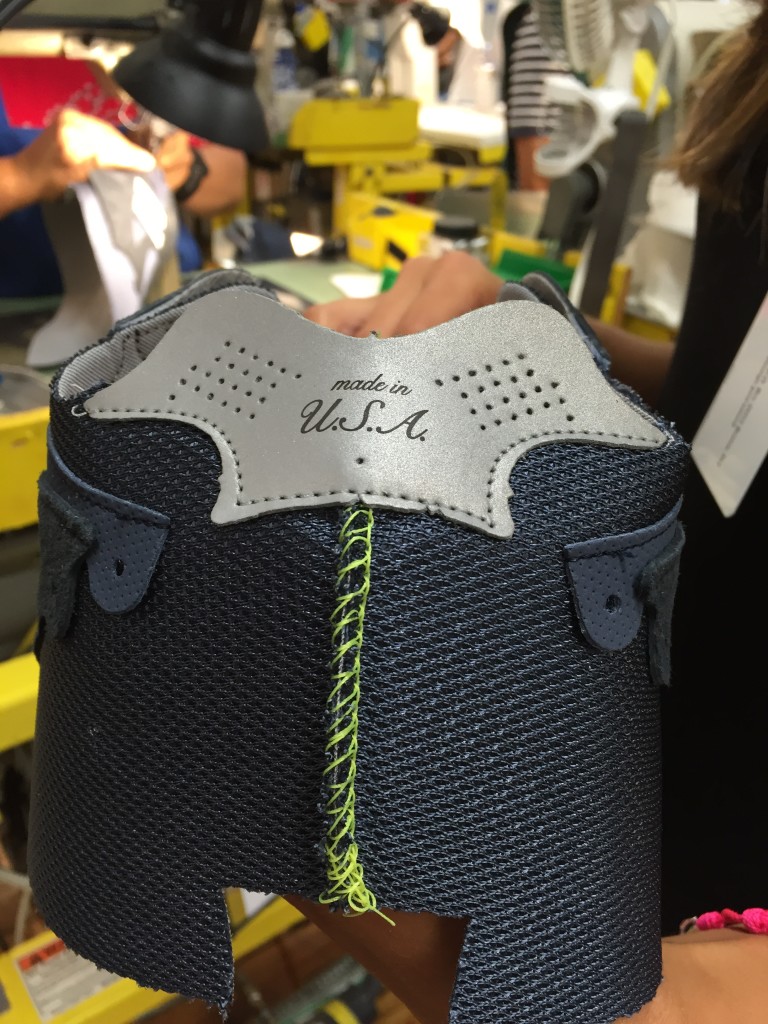
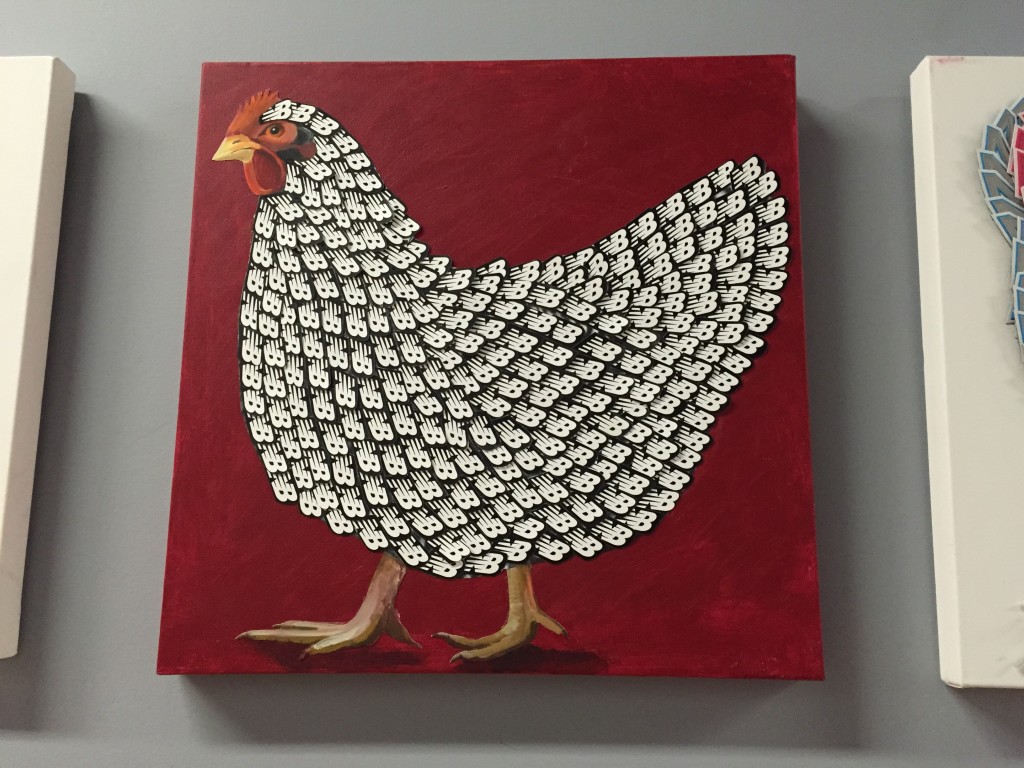
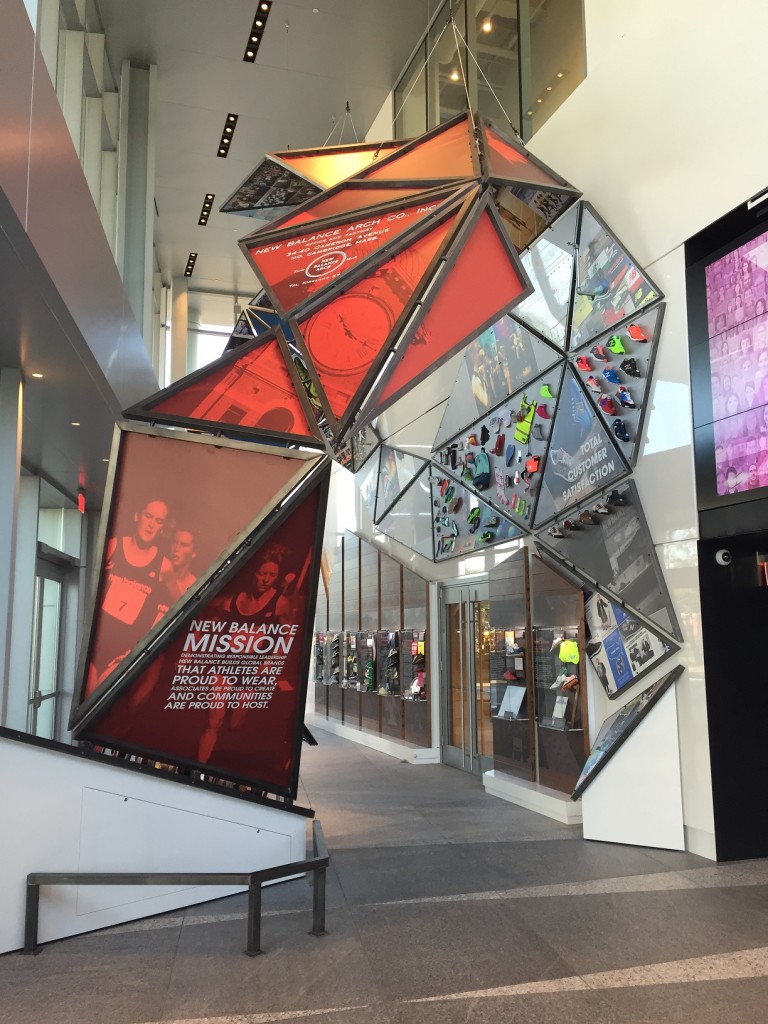
![IMG_4184[1]](http://www.healthyhappierbear.com/wp-content/uploads/2015/09/IMG_41841-1024x768.jpg)
